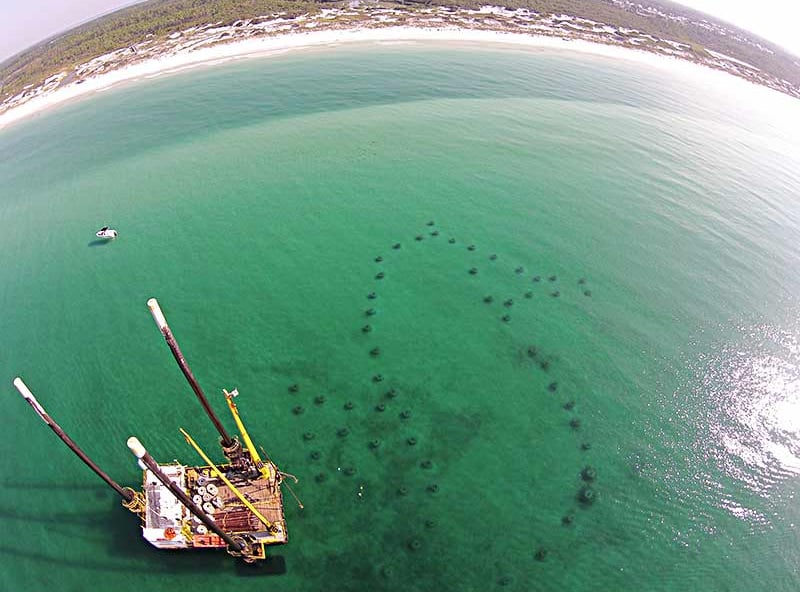Call (850) 424-8090
Walton county Snorkel Reef Guide
6/25/20252 min read


🐠 A Local’s Guide to Snorkeling the Walton County Snorkel Reefs
Did you know that just offshore from some of 30A’s most popular beaches are a series of man-made snorkel reefs teeming with marine life? These Walton County artificial reefs offer a unique underwater adventure that's perfect for beginners, families, and anyone looking to explore the Gulf from a whole new perspective.
Here’s everything you need to know before heading out on your own snorkeling adventure!
What Are the Walton County Snorkel Reefs?
Walton County has installed four public snorkel reefs along the Emerald Coast, each shaped like a marine animal and located just 200–300 yards offshore in shallow water (about 10–20 feet deep). These reefs are made from eco-friendly materials and attract a variety of marine life—from tropical fish to sea turtles.
Snorkel Reef Locations:
Topsail Hill Preserve State Park – Turtle-shaped reef
Grayton Beach State Park – Shark-shaped reef
Inlet Beach – Grouper-shaped reef
Dune Allen Beach – Seahorse-shaped reef
Look for the reef signs posted on the beach—they point you in the right direction. You will see two large yellow poles that when lined up will lead too to the reef which is located on the outer edge of the second sand bar (light colored strip of water ~200 yards from beach). All of the reefs are reachable by a short swim or paddleboard.
Best Time to Go Snorkeling
Timing is everything when snorkeling in the Gulf. Here’s what we recommend:
Early morning (before 10 AM) for the clearest water and guaranteed parking
Late spring through early fall (May–September) for warm, calm seas, if you want to see octopus october-december seems to be the best time to look for them
Check wind and surf conditions—calm, flat days offer the best visibility. There may be long shore currents. especially on days with east or west winds. Observe the water and test the direction by floating just past the first sandbar and observe which way you are moving relative to the shore. If there is a noticeable current walk along the beach up stream of the current. More is better. Then swim strait out until you reach the outer second sand bar and drift into the reef. Remember there is no need to fight the current it is much easier to walk a little further on the beach.
What to Bring
For a great snorkel experience, pack the essentials:
Mask, snorkel, and fins
Floatation vest or paddleboard for safety
Reef-safe sunscreen
Waterproof camera or GoPro
Dive flag (recommended for extra visibility)
What You’ll See
The snorkel reefs attract an incredible mix of wildlife. On a good day, you might spot:
Sea turtles, Nurse sharks, Dolphins
Sergeant majors, gray snapper, spadefish, and angelfish to name a few
Crabs and sea urchins
occasional rays rays gliding across the sand
Octopus in the fall!
The reefs are a protected habitat, so take only pictures and leave only bubbles.
